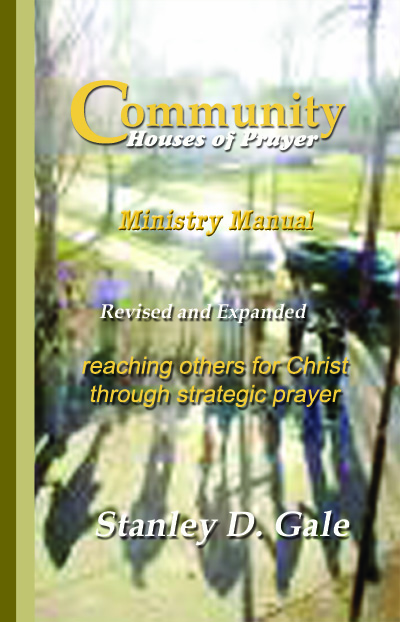-
Operation Expectant Prayer
I was only in my early 40’s but the x-ray revealed arthritis developing in both of my shoulders. That explained the pain when I extended my arms above my head. It was disturbing for someone who enjoyed planning tennis.
I refused to allow the interloper the upper hand. Rather than allow pain to limit my range of motion, I would press through it. When discomfort protested, I would challenge it by reaching further. That strategy paid off.
Pain can keep us from stretching ourselves. Even minor discomfort can create in us a reticence, holding us back from reaching for full potential, resigning ourselves to the status quo.
That can be the case in experiencing the full range of prayer, both in type and extent. So often, our prayer lives are limited to praying for our physical and material needs. Perhaps concerns for family and friends will provoke some petitions. Expressions of thanksgiving and, more rarely, praise may pop up every now and then.
One of the limiting factors that keeps us from enjoying a full range of prayer is the discomfort of unfamiliarity. We feel awkward. It is unnatural to us, perhaps because we have never been stretched to reach the full spectrum of prayer.
In an effort to mobilize my congregation, I started an eight-week training exercise in prayer called “Operation Expectant Prayer.” The purpose is kingdom advancement through training, support, and engagement in prayer. Its motto is “because you prayed,” based on God’s response to Hezekiah’s plea: “Then Isaiah the son of Amoz sent to Hezekiah, saying, ‘Thus says the LORD, the God of Israel: Because you have prayed to me …’” (Isaiah 37:21). God explicitly links His particular action to Hezekiah’s reasoned petition.
Our time in training has been remarkable. We divide the hour into four sections. There is no preparation required. For orientation to God’s design for prayer, we read together a portion of my Basics of the Faith booklet, Why Do We Pray?, each person reading a paragraph aloud. I highlight a few main points from the reading to drive them home or to help us think through them. That takes 20 minutes.
The next 15 minutes is spent sharing prayer concerns and praying for one another. The class is being stretched to pray not only for the need but the realization of God’s purposes through His hand of providence. We call this section “personal renewal,” as it sanctifies to God every aspect of our lives.
Now is when the discomfort starts to set in, stretching people beyond their typical prayer range of motion. I read a brief portion of Scripture related to life, health, vitality and fruitfulness, and we use that to seek God for revitalization of our local church. The first week, this 15-minute section was filled with awkward silences. But as I led in prayer along various lines, people started to catch on. They soon noted God’s heart in the passage we read, and would latch onto words or phrases as springboards to prayer applicable to our local situation. Even by the second week, it was easy to see an improved comfort level.
The final 10-minute section stretched them into mostly uncharted territory as we prayed for worldwide revival. Prompted by a portion of a psalm (psalms are Spirit-designed to stretch us in full-range prayer), they started to learn to pray for often neglected aspects. We touched upon such areas as the persecuted church, matters of national concern including the current political process, God’s work through catastrophic events in other nations, such as major earthquakes, the outpouring of God’s Spirit, the church around the world.
The hour flies by. I am confident that training in the practical theology of prayer, and engagement shoulder-to-shoulder in prayer for personal renewal, church revitalization and worldwide revival will stretch those involved toward realizing God’s full potential for prayer.
If any would like a copy of the 8-week Operation Expectant Prayer outline or to hear how I have even trained people to be on time, contact Stan Gale at sdgale@chopministry.net.





